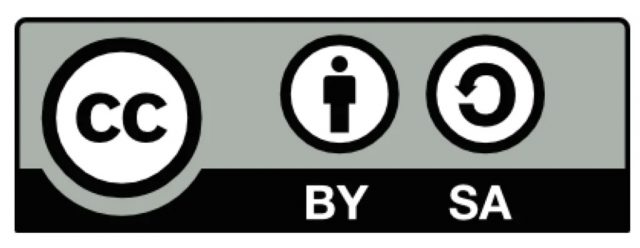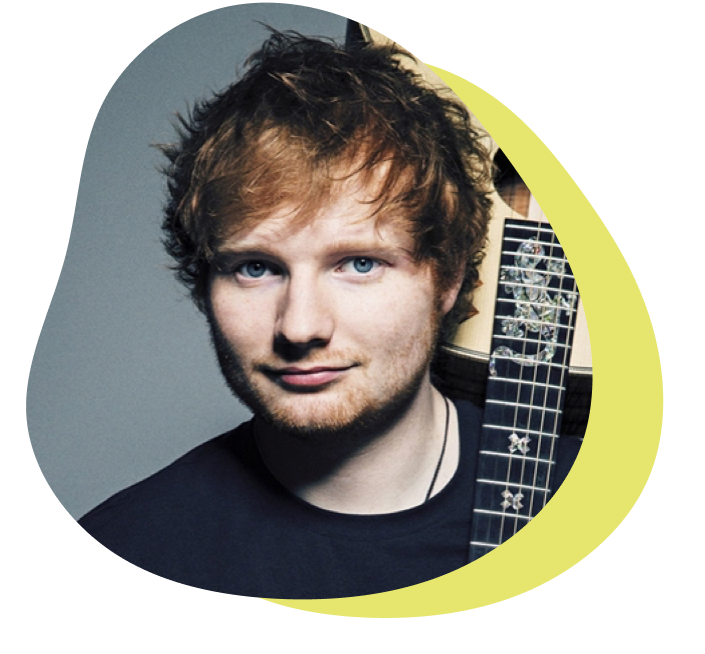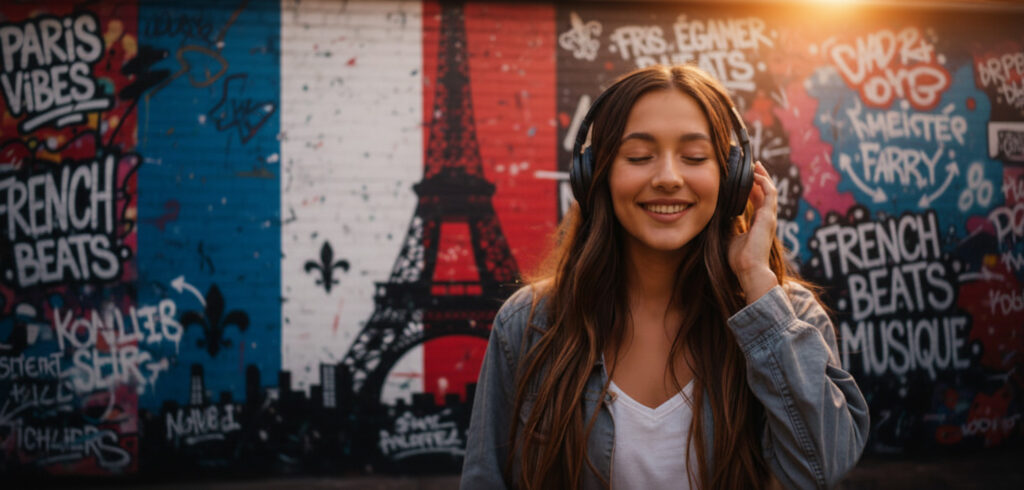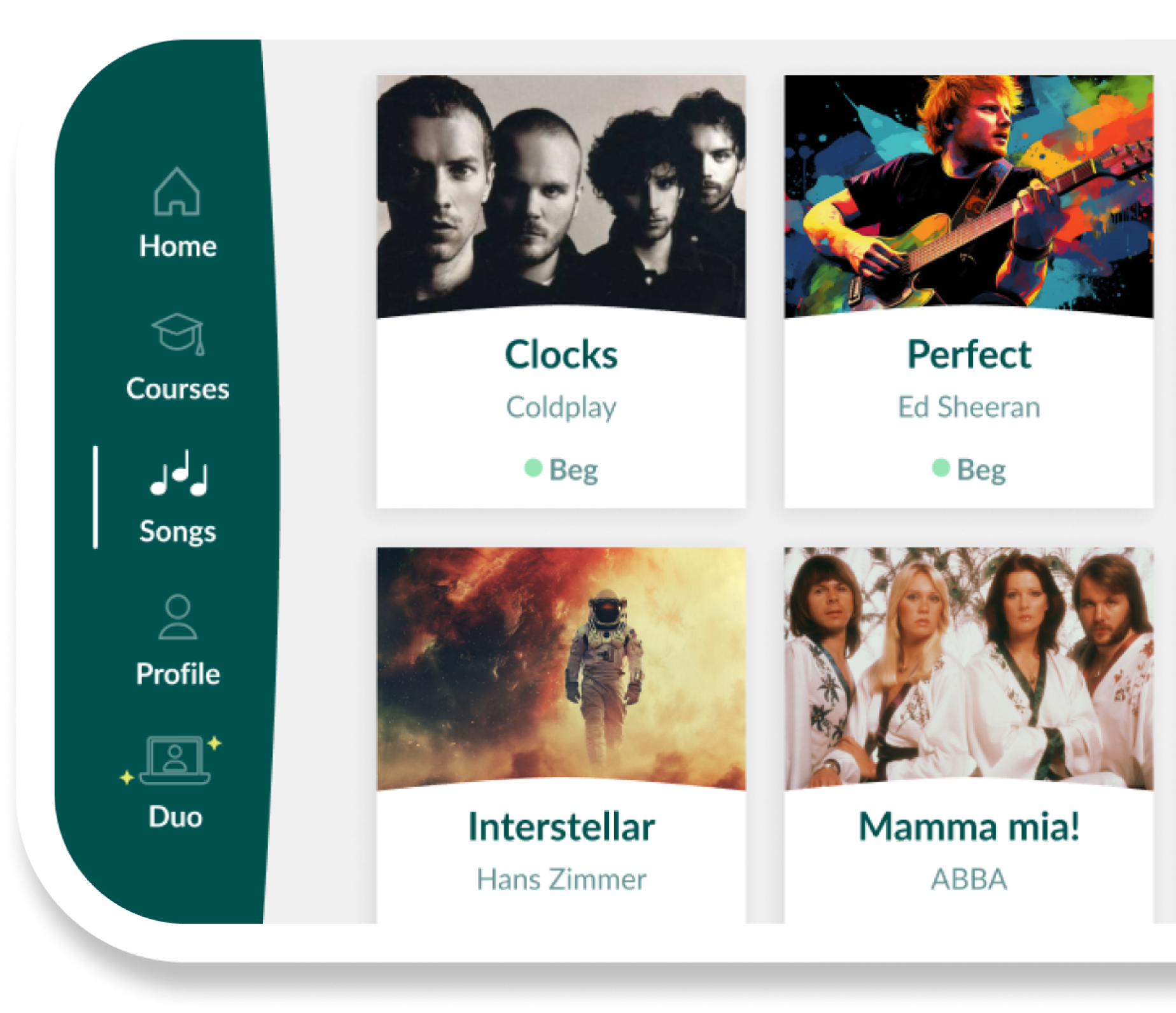Across much of Europe, local music is losing ground to international hits. But France is a striking exception. While the UK surrenders 71% of its charts to foreign artists and Spain sees Puerto Rican acts outrank its own, France stands apart: 61.9% of its Spotify Top 200 features French artists, which is more than double the UK’s 29% and Spain’s 28%.
To understand these patterns, the piano learning app Skoove partnered with DataPulse Research to analyze over a year of Spotify Top 200 data across 73 countries. The findings reveal how France has built a rare streaming environment where local music thrives, thanks to strong cultural identity, language loyalty, and policies that support homegrown talent.
The numbers tell a compelling story of cultural resilience. France ranks 17th out of 73 countries in supporting domestic artists: a middle ground that balances cultural identity with international openness. More striking is Paris’s performance: with 62% local artist support, the French capital leads all European cities in our analysis, outperforming London (25%), Berlin (43%), and Madrid (32%) by substantial margins.
The 40% rule: How radio shaped streaming preferences
France's streaming patterns didn't emerge by accident. Since 1986, French law has required private radio stations to dedicate at least 40% of major listening hours to French-language content. While this quota applies only to radio (not streaming platforms), it may have helped create a generation of listeners familiar with and loyal to French music.
The alignment is hard to ignore: France maintains 61.9% local content on Spotify, vastly outperforming Germany (48%), the UK (29%), and Spain (28%). While we can't prove direct causation, the radio quotas likely laid the groundwork for a cultural familiarity that continues to shape algorithm-era behavior.
Paris: Leading Europe's major cities
The relationship between cultural policy and streaming behavior is particularly visible in Paris, where local artists command 62% of streaming attention—the highest rate among the 14 European cities we analyzed. This dominance is striking: Paris listeners support local music at rates 2.5 times higher than London (25%), significantly above Berlin (43%), and nearly double Madrid's 32%.
These dramatic differences reflect how cultural foundations built over decades persist in the streaming age. Paris's dominance suggests that even cosmopolitan global cities can maintain musical identity when the groundwork has been laid.
French rap: Adaptation, not imitation
France's streaming success isn't about preserving traditional chanson; it's about cultural adaptation. Hip-hop dominates the charts, but French rap has evolved its own distinctive character that sets it apart from American origins.
Artists like Werenoi (4.1% of France's Top 200), GIMS (3.6%), and Jul (3.3%) don't simply translate American rap into French. They've created a unique sound incorporating North African influences, Caribbean rhythms, and distinctly French wordplay, reflecting the country's multicultural reality while maintaining linguistic identity.
French artists capture 61.9% of France's Spotify charts
The 20 artists who dominated France's streaming in 2024-2025, ranked by their share of Spotify's Top 200 charts
French Artists
International Artists
Werenoi • Hip-Hop
4.1%
GIMS • Hip-Hop
3.6%
SDM • Hip-Hop
3.6%
Jul • Hip-Hop
3.3%
Ninho • Hip-Hop
3.1%
Gazo • Hip-Hop
2.1%
Tiakola • Hip-Hop
2.0%
KeBlack • Hip-Hop
1.8%
Damso (BE) • Hip-Hop
1.6%
Hamza (BE) • Hip-Hop
1.4%
PLK • Hip-Hop
1.4%
Bouss • Hip-Hop
1.4%
La Mano 1.9 • Hip-Hop
1.2%
Niska • Hip-Hop
1.1%
Billie Eilish (US) • Pop
1.1%
VEN1 • Hip-Hop
1.0%
Teddy Swims (US) • R&B
0.9%
DYSTINCT (BE) • Hip-Hop
0.9%
Booba • Hip-Hop
0.9%
Bruno Mars (US) • Pop/R&B
0.8%
The francophone network effect
France's streaming patterns reveal a fascinating francophone musical network that operates almost independently of Anglo-American dominance. This linguistic bridge allows Belgian artists like Damso and Hamza to compete directly with French rappers, while Moroccan-Belgian artist DYSTINCT appears in France's Top 20. The reach is broad, with Algerian artists contributing 1.09% to French streaming and performers from Congo and other French-speaking nations maintaining significant positions. Our global analysis confirms that shared language consistently creates these powerful cross-border musical networks.
This pattern extends beyond language to a deeper cultural affinity. North African rai influences, Caribbean zouk rhythms, and sub-Saharan African beats all find expression in the French charts. Artists like GIMS (with Congolese roots) and others from the diaspora create a musical diversity that reflects France's multicultural population while maintaining a distinctly francophone character.
Beyond policy: Why France's model works (for now)
The 40% radio quota helped create cultural familiarity, but it's not the whole story. France's streaming resilience comes from multiple factors: linguistic distinctiveness, cultural confidence, vibrant hip-hop scene adaptation, and yes, decades of policy that ensured French music had space to evolve rather than being drowned out.
Crucially, French artists didn't just preserve traditional chanson; they adapted global genres. French rap doesn't mimic American hip-hop; it incorporates North African influences, Caribbean rhythms, and uniquely French wordplay. The result isn't cultural protectionism but cultural evolution.
The algorithm question: Can this last?
As Spotify's algorithms increasingly shape global listening habits, France faces a critical question: Can cultural preferences built over decades withstand the homogenizing force of recommendation engines designed in Silicon Valley?
Scottish musician Graeme Clark from Wet Wet Wet reflects on this transformation of the music industry:

"The game has completely changed. It used to be about building a following, town by town, with your sound echoing in local clubs. Now, the echo chamber is a global playlist. You're not trying to win over a city anymore; you're trying to please an algorithm. It's a fantastic way to reach the entire world, but you have to wonder what unique sounds get lost in that global translation."
Clark's observation about unique sounds getting lost takes on special meaning in France's context. The very policies that protected French music have helped preserve those "unique sounds" that might otherwise disappear in the algorithmic echo chamber.
Early signs are mixed. While France maintains strong local support today, younger listeners increasingly discover music through TikTok and global playlists rather than radio. The success of artists like VEN1 and others who blend French rap with global influences shows how the next generation is redefining what "French music" means.
France didn't succeed by building walls but by creating conditions for local music to thrive. Whether those conditions can persist in an algorithm-driven world remains the billion-stream question.
Methodology
The study analyzed data from the top 200 songs streamed weekly on Spotify across all 73 countries where Spotify publishes Top 200 charts. The data covers every week from May 23, 2024, to July 10, 2025.
We analyzed chart performance using a points system: The No. 1 song received 200 points, No. 2 received 199 points, and so on. This allows us to weight chart position appropriately - a #1 hit counts more than a #200 track. The percentages shown throughout this report represent each country's or artist's share of total points, which effectively measures their share of Top 200 streaming activity weighted by chart position.
Important note on causation: While our data shows a strong correlation between France's cultural policies and local music support, we cannot prove direct causation. Radio quotas apply only to traditional broadcast, not streaming platforms. The patterns we observe likely result from multiple factors including policy-created cultural familiarity, language preferences, genre evolution, and audience identity.
For songs with multiple artists, every artist on the track received the full points for that rank. For example, if a number one song featured three artists, each of those three artists was awarded 200 points.
Artists were analyzed by their country of origin, not the location of their record label, agents, or other business affiliations.
For complete details on our data collection and analysis methods, read the full methodology here.
Study by: Skoove & DataPulse Research
Edited by: Susana Pérez Posada

With over seven years of piano education and a deep passion for music therapy, Susana brings a unique blend of expertise to Skoove. A graduate in Music Therapy from SRH Hochschule Heidelberg and an experienced classical pianist from Universidad EAFIT, she infuses her teaching with a holistic approach that transcends traditional piano lessons. Susana's writings for Skoove combine her rich musical knowledge with engaging storytelling, enriching the learning experience for pianists of all levels. Away from the piano, she loves exploring new places and immersing herself in a good book, believing these diverse experiences enhance her creative teaching style.
Feel free to use this content
This content, including images and data visualizations, is licensed under a Creative Commons Attribution-ShareAlike 4.0 International License. You are free to share, copy, redistribute, adapt, remix, and transform the material for any purpose, even commercially, as long as you provide proper attribution. Please credit and link to: Skoove.com when using any part of this content.















